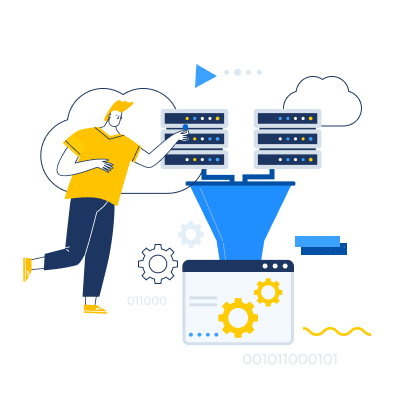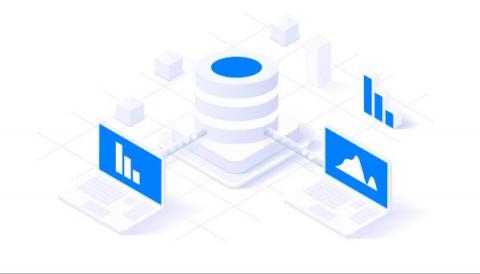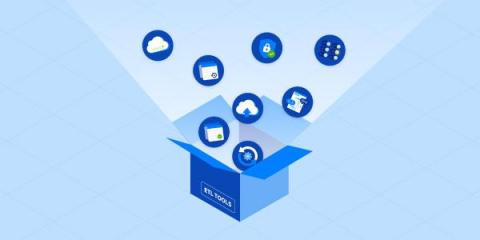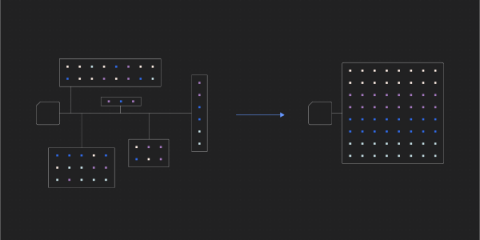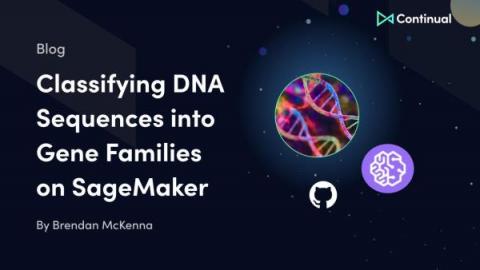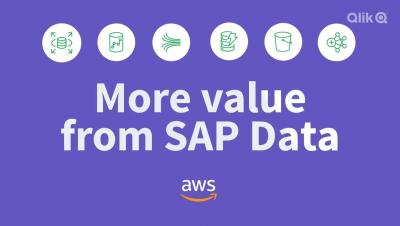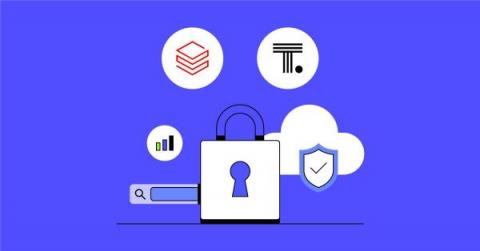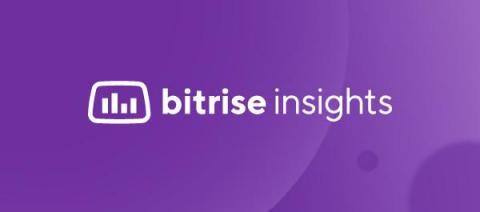Analytics
Top 15 Big Data Tools to explore in 2023
Compare the features & pricing of 2023's best big data tools.
15 Best ETL Tools of 2023
Compare the features & pricing of 2023's top ETL tools.
From application to insights with Quickstart data models
Fivetran’s new Quickstart data models let you turn your application data into analytics-ready tables, all with the click of a button.
Why do we need DataOps Observability?
DevOps was started more than a decade ago as a movement, not a product or solution category. DevOps offered us a way of collaborating between development and operations teams, using automation and optimization practices to continually accelerate the release of code, measure everything, lower costs, and improve the quality of application delivery to meet customer needs.
To Data Fabric or not to Data Fabric, is it really a question?
Classifying DNA Sequences into Gene Families on SageMaker
The cost of DNA sequencing continues to decline exponentially. With the average cost of sequencing mammalian DNA hovering around $1,000 in the beginning of 2023, startups like Ultima Genomics and Illumina are working to decrease the cost to between $100-$200. That’s about the same as a new pair of Brooks running shoes! As the sequencing cost drops, the quantity of genetic data to study and analyze explodes, making it even more important to leverage machine learning techniques.
Unlock SAP easily with Qlik and AWS
ThoughtSpot and Databricks make governed, self-service analytics a reality with new Unity Catalog integration
Two years ago, we announced our Databricks partnership—including the launch of ThoughtSpot for Databricks, which gives joint customers the ability to run ThoughtSpot search queries directly on the Databricks Lakehouse without the need to move any data. Since then, we’ve empowered teams at companies like Johnson & Johnson, NASDAQ, and Flyr to safely self-serve business-critical insights on governed and reliable data.
Bitrise Insights: Introducing new ways to optimize how you analyze your data
Bitrise is making great new additional changes to how you can use Bitrise Insights. This includes changes to some of our chart titles, the identification of flaky tests, the display of build failure rate and typical duration and more.

